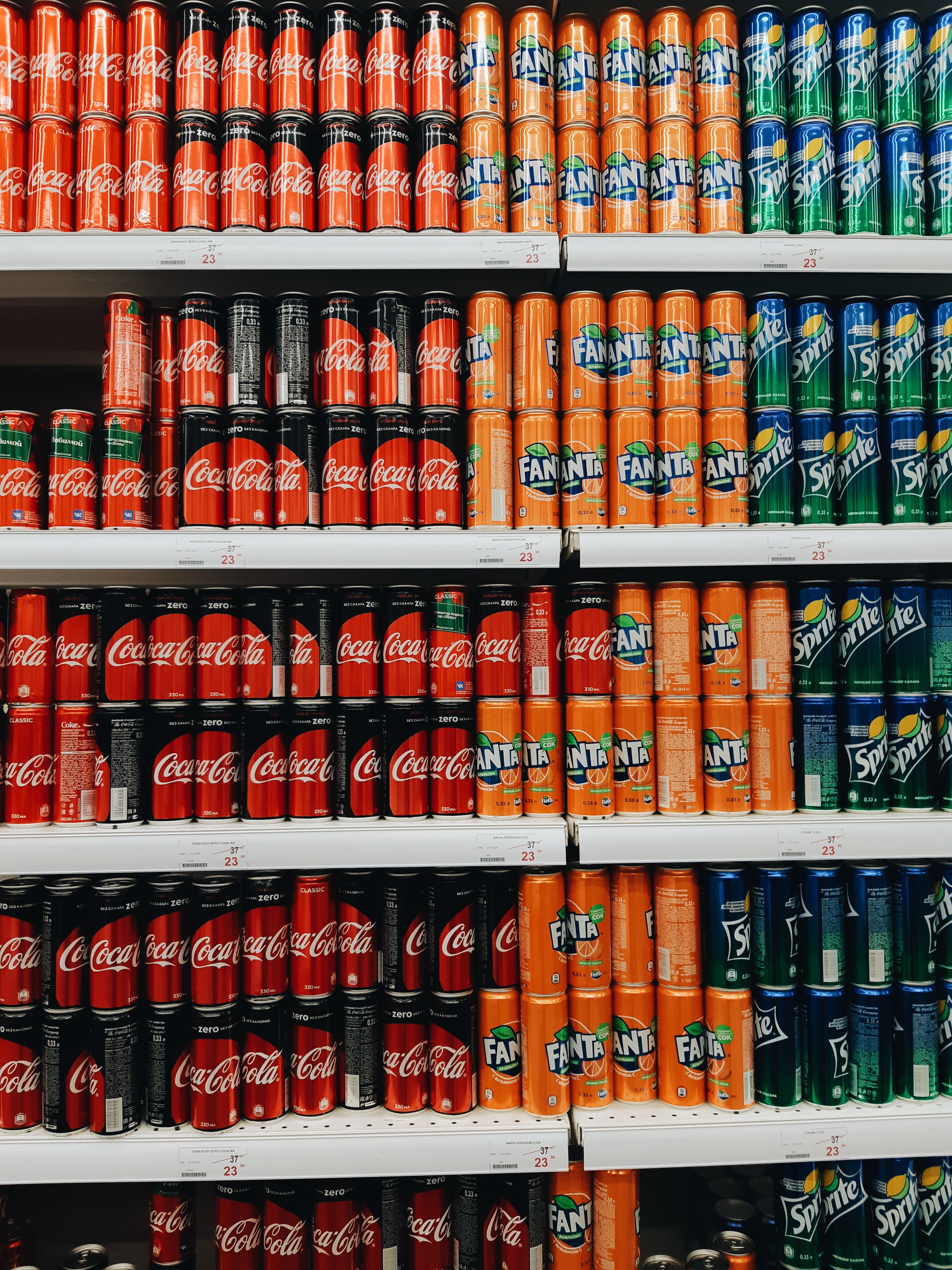Get the FACTS (Food Advertising to Children and Teens Score) Straight

Guest Blogger: Shaun Riebl – PhD Candidate (HNFE)
Whether at Lane Stadium, watching TV, or peeking around social media sites like Instagram, Facebook, Twitter, and vine the message is clear: beverage companies are after kid’s business. The Rudd Center for Food Policy and Obesity initially reported on some major beverage companies’ reach with marketing to children and teens in 2011 and recently updated their findings at sugarydrinkfacts.org. The report, Sugary Drink FACTS 2014, assessed the nutrition make-up and marketing methods of companies like Coca-Cola, Pepsi, Dr Pepper Snapple, and Gatorade.
While purchased gallons of soda and fruit drinks declined from 2010-2013, increases were found with ready-to-drink coffees and teas, sports drinks, and energy drinks, the latter having some of the highest median sugar content of other drink categories, according to the report.
Clearly as Dr. Andrea Dietrich suggested in a personal communication the trend for healthy beverages doesn’t seem to be on an upswing. Households spent $4 billion more on sugary beverages versus 100% fruit juice, plain water, and diet soda or other diet drinks in 2013. Also, the investigation revealed that water and 100% fruit juice represented 4% and 10% if companies’ advertising spending respectively; sugary drink advertising outspent water and 100% fruit juice advertising four-fold. Additionally, companies’ spending for sugar beverages and energy drinks decreased 7% and plain water, diet beverages, and 100% fruit juice declined by 3%.
The report’s methodology, however, has received criticism from the Children’s Food and Beverage Advertising Initiative (CFBAI). In their statement released almost simultaneously with the Sugary Drink FACTS 2014 information highlights how the study looked at all media directives, not just those for children; meaning that some kids may have seen ads not intended for them and these exposures were not controlled for in the Sugary Drink FACTS 2014 analysis.
Despite the notable progress in bringing awareness to and having some beverage companies making changes with their marketing practices, room for improvement within the industry exists. Being at the forefront of water quality, sustainability, availability, health, and sensory research may potentially equip us with the voice necessary to advocate for more water awareness through promoting the health benefits of potable water. Our interdisciplinary collaborations can be of use to, not only our CVs or egos, but the public at large and even our grandchildren, neighbors, students, and own kids, protecting and encouraging health behaviors through the information we gain from and through our work.


